Crafting Your Ideal Tiny Home: A World of Creative Starter Plans
Embarking on the journey of crafting your ideal tiny home opens a world brimming with creative possibilities. As you explore various tiny home designs, you'll encounter an abundance of starter plans tailored to meet diverse tastes and needs. Whether you're drawn to the rustic charm of tiny house on wheels plans or the sleek elegance of modern, stationary designs, there's a plan for every vision. You might opt for the affordability offered by the best tiny house kits, which simplify the construction process while offering versatility and customization.
Delve into tiny home blueprints that inspire eclectic tiny house interior designs, combining style with functionality to make the most of every square inch. Explore thoughtful tiny house design ideas incorporating smart storage solutions and multi-purpose furniture, which are essential for maximizing space. Whether you're in the initial stages of researching how to build a tiny house or refining your tiny home construction plans, each decision brings you closer to achieving your dream of comfortable, sustainable tiny house living. The beauty of creating an affordable tiny home lies in its potential for personalization, allowing you to weave your lifestyle seamlessly into every aspect of your design.
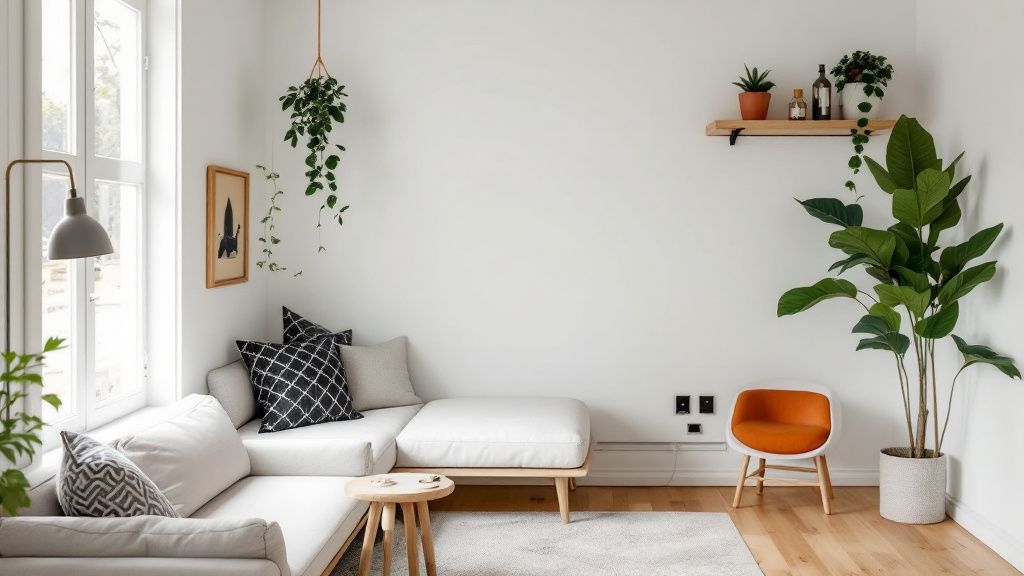
Understanding the Tiny Home Movement
The tiny home movement represents a shift towards minimalist living, prioritizing simplicity and functionality over grandeur. It appeals to those who seek affordable tiny homes, emphasizing reduced consumption and environmental impact. Many are attracted by the charm and practicality of tiny house living, which encourages a more intentional use of space and resources.
On one hand, advocates argue that tiny homes, exemplified by thoughtful tiny house interior designs, offer a viable solution to the housing crisis, promoting financial freedom and sustainability. On the other hand, critics claim that zoning laws and infrastructure challenges can complicate the adoption of such alternatives. Despite differing opinions, the movement continues to gain traction and redefine modern housing trends.
For individuals considering how to build a tiny house, understanding tiny home blueprints and grabbing the best tiny house kits are essential steps. Each design incorporates tiny house design ideas tailored to diverse lifestyles, from cozily rustic to sleekly modern. By focusing on multifunctional spaces, these plans cater to the nuanced needs of everyday life within a compact footprint.
Whether you explore tiny home construction plans or a tiny house on wheels, comprehensive planning is crucial. The movement challenges traditional notions of living while presenting numerous opportunities for innovation and personal expression.
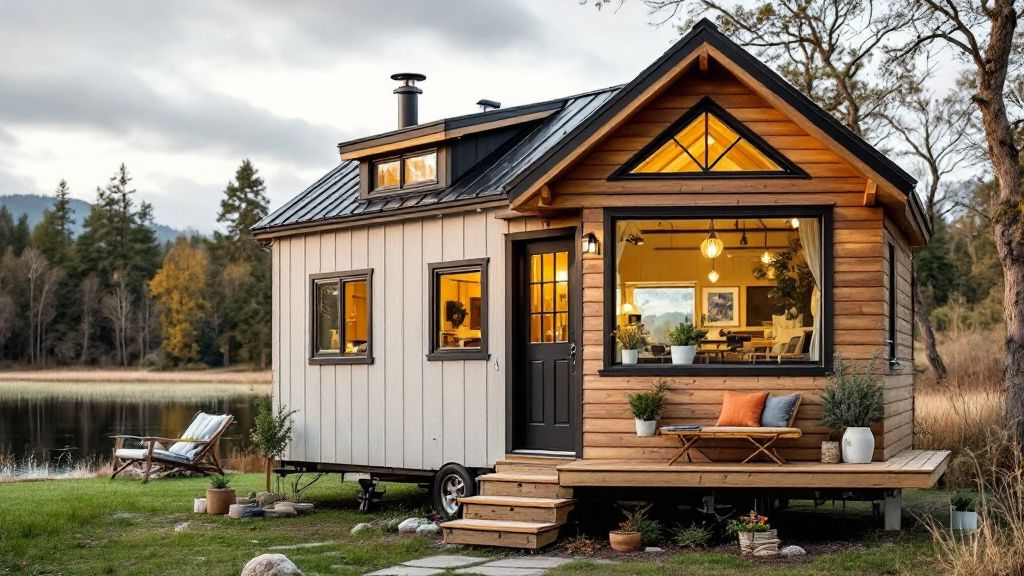
Essential Features of Tiny Homes
Tiny homes epitomize efficiency, making optimal use of limited space without sacrificing comfort. Integrating smart design principles, these spaces often feature versatile furnishings that adapt to various needs throughout the day. For instance, a foldable dining table that transitions into a work desk exemplifies adaptive uses of space. Clever storage solutions are crucial, utilizing under-stair and overhead areas to maintain a tidy environment, reflecting innovative tiny house interior designs.
One of the challenges in tiny home designs is maximizing natural light to create an open, airy feel. This issue can be addressed through strategic window placement and the use of skylights, enhancing both daylight and ventilation. Furthermore, insulating tiny home blueprints with sustainable materials ensures energy efficiency, making them comfortable year-round. These elements not only elevate the ambiance but also underscore the practicality of tiny house living.
Emphasizing compact and efficient utilities, tiny homes are equipped with essential appliances that are both space-saving and energy-efficient. Incorporating multi-purpose features such as a combination washer-dryer or modular seating illustrates tiny house design ideas that prioritize functionality. By choosing the best tiny house kits and plans, you can ensure each element complements a streamlined, sustainable lifestyle. Overcoming space-related hurdles leads to a harmonious, livable home tailored to your needs.
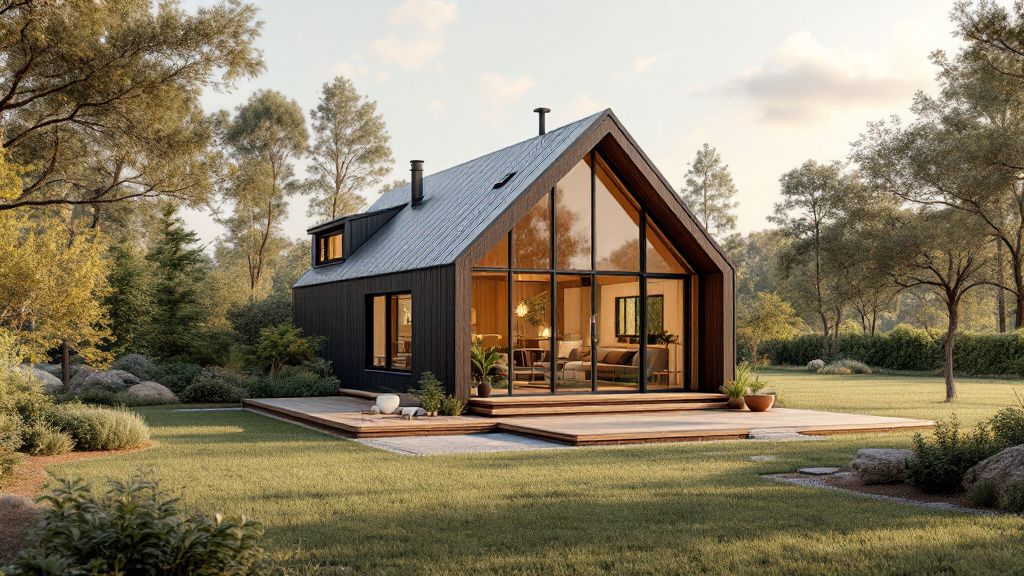
Innovative Tiny Home Plans to Consider
Exploring innovative tiny home plans opens up a realm of creative solutions tailored to diverse lifestyles. Some of the most forward-thinking designs incorporate multi-level layouts, utilizing vertical space effectively. Tiny home blueprints frequently feature loft areas for sleeping or storage, enhancing the available living space without expanding the home's footprint. Such designs embody the essence of adaptability inherent in tiny house living.
Comparing fixed tiny home designs vs. tiny house on wheels plans highlights the flexibility each option offers. While stationary homes may offer more stability and a connection to the land, wheeled homes provide the allure of mobility, allowing you to take your dwelling wherever you go. Each type comes with its unique set of tiny house design ideas to cater to preferences, be it a static garden space or a dynamic scenic exploration.
Opting for affordable tiny homes doesn't mean compromising on style or innovation. Many designs focus on integrating eco-friendly materials and energy-efficient systems, celebrated for their sustainability. For those embarking on how to build a tiny house, starting with the best tiny house kits can provide a streamlined process, offering pre-designed components that fuse convenience with customization. Whether stationary or mobile, these plans invite you to redefine your living space creatively.

Choosing the Right Materials for Tiny Homes
Selecting the right materials for tiny homes is a crucial step in ensuring durability, functionality, and environmental responsibility. Modern tiny home construction plans often incorporate natural, renewable resources like sustainably sourced wood and recycled metal. These materials not only align with green building principles but also lend aesthetics to the design, facilitating the creation of inviting tiny house interior designs that echo nature.
Tracing its evolution from early minimalist shelters to today's sophisticated tiny home blueprints, the movement has consistently emphasized efficiency and sustainability. In earlier periods, compact homes were constructed using readily available local materials, a practice that persists in today's eco-conscious designs. Advancements in technology have made modern materials like structural insulated panels (SIPs) and bamboo more accessible, enhancing insulation and energy efficiency.
When deciding how to build a tiny house, consider materials that meet your energy needs while reflecting your style. For those exploring tiny house design ideas, incorporating reclaimed wood or repurposed elements can add unique character to your home. Whether opting for the simplicity of the best tiny house kits or customizing from scratch, the right materials provide the backbone for an affordable, enduring tiny house on wheels or a permanent dwelling, ensuring your tiny home meets its purpose for years to come.
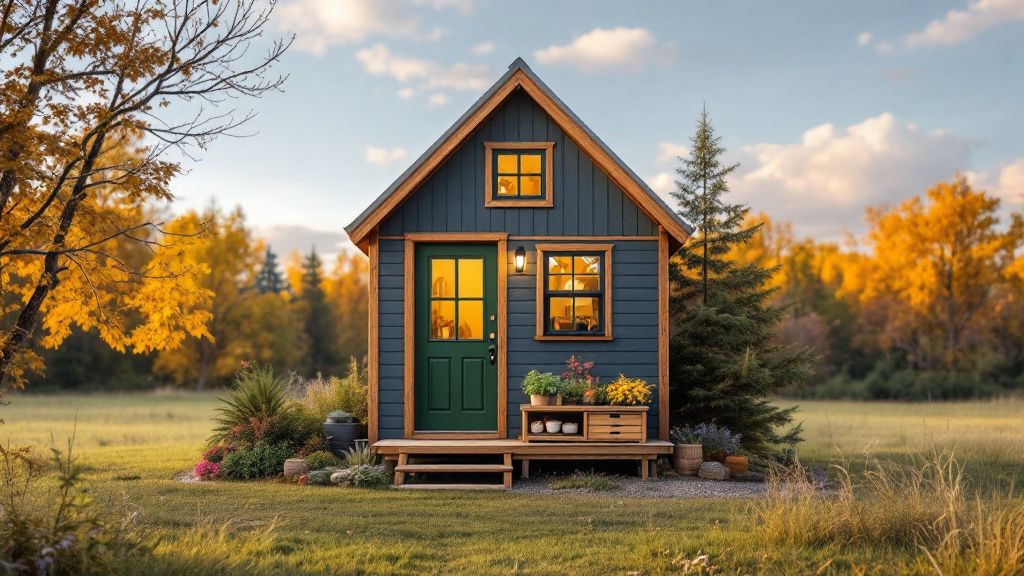
Budgeting for Your Tiny Home
Effective budgeting for your tiny home begins with a thorough understanding of costs associated with different designs and construction methods. Start by considering tiny home blueprints that align with your financial boundaries, whether opting for the predictability of the best tiny house kits or the flexibility of custom builds. Detailing expenses for materials, labor, and unexpected contingencies is key to maintaining a realistic budget.
Land acquisition and utility connections can dramatically alter your financial plan. By choosing between stationary homes and tiny house on wheels plans, you balance upfront land costs against potential travel and maintenance expenses. Exploring options for affordable tiny homes often leads to savings by utilizing renewable energy sources and sustainable materials, contributing to long-term financial benefits through reduced energy bills.
In the next few years, tiny house living is likely to become more mainstream due to escalating housing costs and growing environmental awareness. This shift may lead to increased societal acceptance and more favorable financial lending options for tiny home construction plans. By being strategic and informed, you can navigate the complexities of budgeting with confidence, crafting a space that reflects both your needs and dreams.
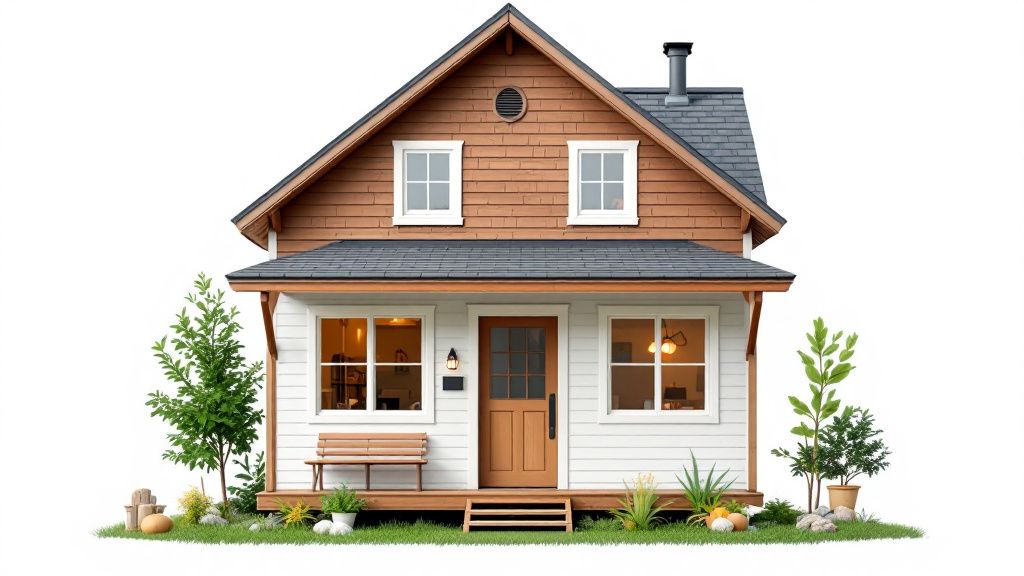
Navigating Zoning Laws and Building Permits
Navigating zoning laws and building permits is a critical step in the journey to creating a tiny home. Understanding local regulations is vital because they can vary significantly, affecting how you implement your tiny home construction plans. Before commencing on how to build a tiny house, verify the specific requirements for your area, including the permissible size and mobility options, whether stationary or tiny house on wheels plans.
Zoning laws in particular require attention as they dictate where you can place your tiny house, with some areas more welcoming to innovative, affordable tiny homes. To truly understand the complexities of zoning, you need to shift your mindset from viewing them as obstacles to embracing them as guidelines that ensure safety and community harmony. This perspective aids in formulating a concise plan that aligns with legal standards and supports a sustainable tiny house living experience.
Engaging with local planning departments early can streamline the process and reveal insights into possible obstacles or simplifications afforded to specific tiny home designs. Instead of feeling overwhelmed by bureaucracy, approaching these steps as an integral part of your home-building strategy encourages collaboration. This way, your tiny home blueprints become a tailored solution, respecting regulations while achieving your creative vision seamlessly.
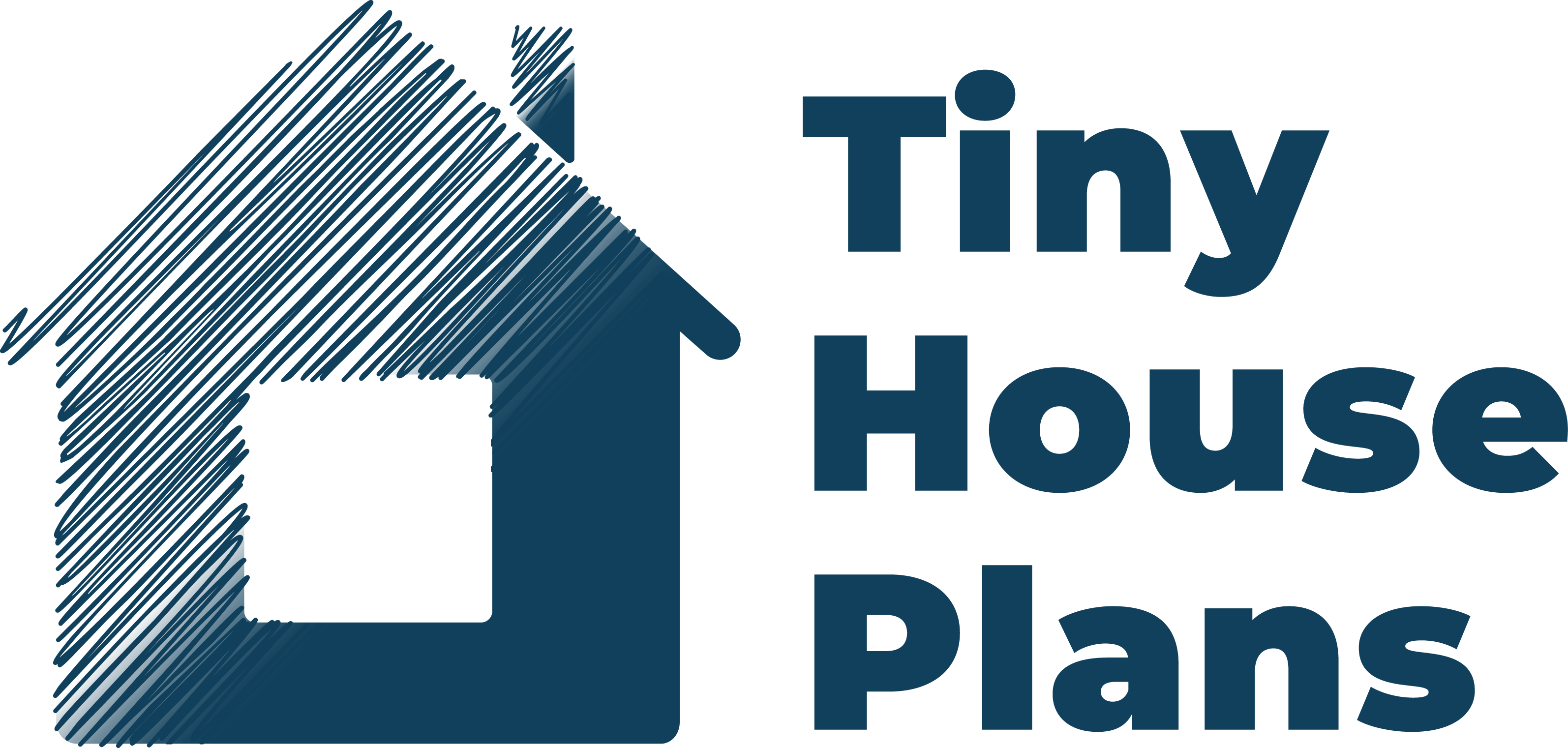


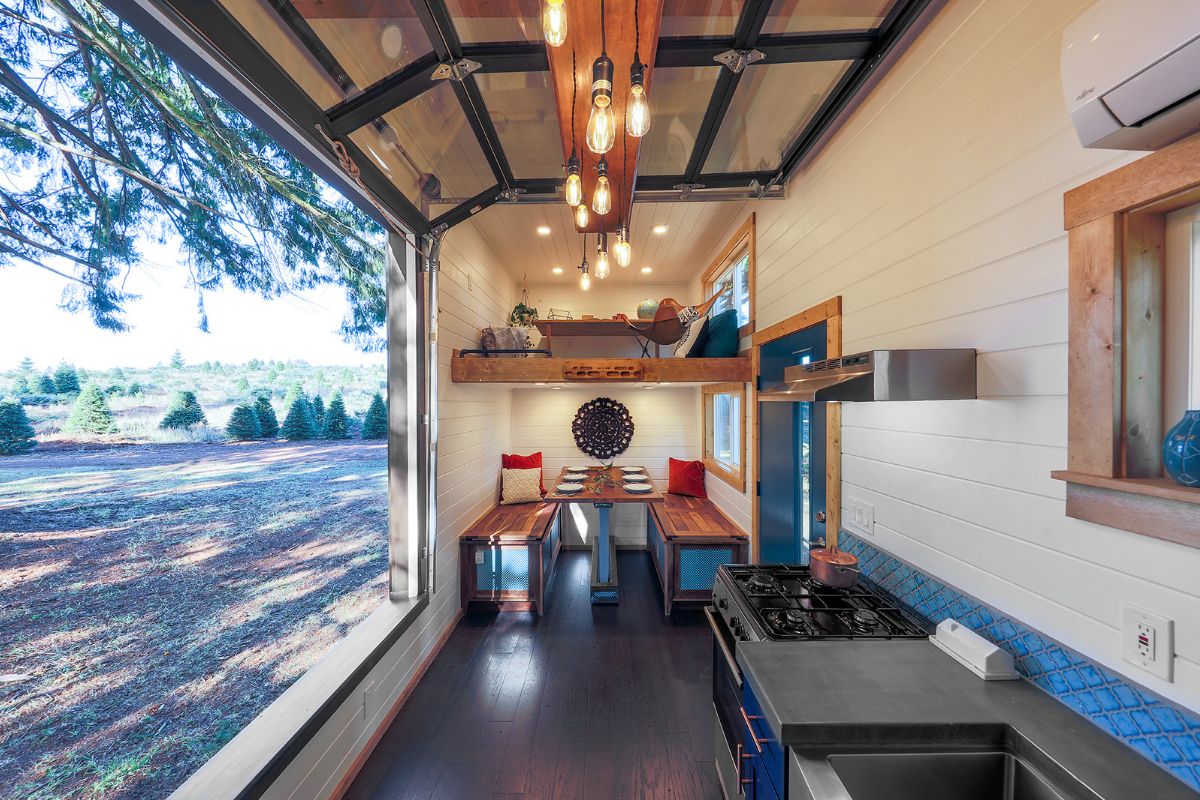

Share: